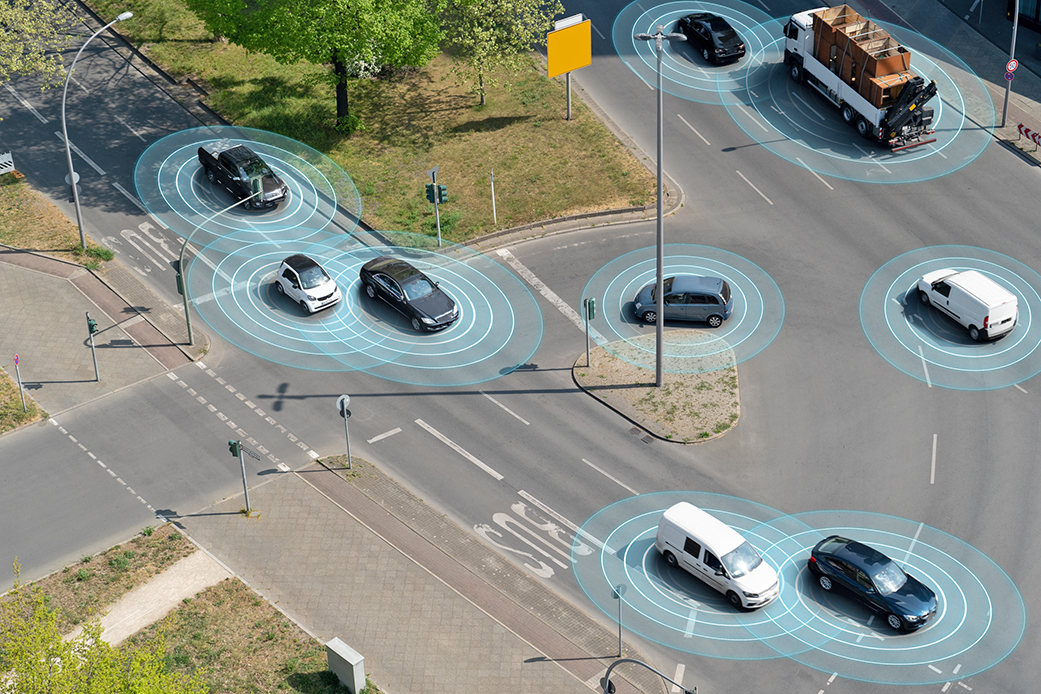As many consumer electronics are actively undergoing an Internet of Things (IoT) revolution, other major sectors like the automotive industry have been slower to incorporate smart technology into their vehicles. As we become accustomed to the rise of big data, however, this may soon be set to change.
Today, big data stands as a key driver of digital transformation for car manufacturers, and many factories already actively adopting sensors and connected devices that pave the way for M2M (machine-to-machine) communication, we’re likely to see greater efficiency encapsulated within our vehicles and vast improvements to the user experience they provide.
Statista data suggests that there will be over 400 million connected cars in operation by 2025, which can remain connected to other devices, manufacturers, and even roads in the future, to deliver greater levels of convenience, safety, and performance for motorists around the world.
But how exactly will the big data boom change the car as we know it today? Let’s take a deeper look under the hood of an IoT revolution that’s building pace:
Over-The-Air Updates
Big data can carry a far-reaching impact on different areas of the automotive industry. One particularly key aspect can be found in the detection and prevention of errors to continually update vehicles and uphold a higher standard of quality.
For connected cars, over-the-air (OTA) software and firmware upgrades can be a significant asset to improve the driving experience and deliver more functionality and security.
Big data can help to improve the performance of motors on an ongoing basis, with a connected feedback loop continually providing manufacturers insights into possible pain points for users and shining a spotlight on regularly used features.
When it comes to matters of security, big data can quickly identify vulnerabilities and provide manufacturers with insights into how to update their vehicles to prevent instances of theft or other vulnerabilities.
We’ve already seen this in action in recent months after videos went viral on TikTok displaying how thieves can break into KIA and Hyundai vehicles without the use of a key. The manufacturers quickly rolled out a software update to help offer more safety for owners, including an upgrade to theft alarm software and a modification in how long the car alarm sounds.
As IoT technology makes more vehicle components increasingly intelligent, we may see software updates aiding customers with issues involving key fobs, and other accessibility components.
Big data can also be shared with external garages and locksmiths to help improve the accuracy of essential maintenance and can improve diagnostics on matters like car door lock repair, and other malfunctions related directly to the vehicle. For instance, you get locked out of your car and don’t have any documents on you to prove ownership of the vehicle, hence when you’re searching for a locksmith, theoretically, big data can help your chosen locksmith to identify you (the owner) and your car, and more importantly, confirm the ownership.
Prioritizing Safety
Manufacturers are also utilizing big data analytics as a means of delving deeper into understanding the mechanics of vehicle safety.
With the ability to collect vast data points from both test crashes, simulated scenarios, and real-world diagnostics, manufacturers are capable of setting up countless improvements for future models in terms of hardware, and even on-the-fly updates to in-car electronics that have room for further optimization.
This can be a great way to ensure that connected cars are more durable in the face of wear and tear over time and have the capacity to cope well in emergency situations.
Developments in this area can be a great asset to both manufacturers and consumers, who can enjoy a safer vehicle with peace of mind, while greater satisfaction rates and lower insurance costs can help to drive more purchases of connected models.

Over the coming years, as the big data revolution begins to take hold, we’re likely to see cars begin to communicate with one another when driving to ensure that potential emergency situations can be avoided by adopting systems that can step in if immediate action is required to prevent a collision.
The Path to Autonomy
It’s difficult to cover the future of big data and motoring without acknowledging the role that it will play in the eventual introduction of autonomous vehicles.
Today, testing on fully connected, autonomous motors is already being taken out by leading manufacturers like Tesla, Ford, UK firm Arrival, and German firm Vay. While the sheer level of safety standards and complexity of driving with no human input means that fully autonomous vehicles may not be on our roads in great numbers for decades to come, the prevalence of big data will invariably form the foundation of this innovation.
Despite this, the technology can help to revolutionize lower levels of autonomous driving already, and data-driven features like lane assist, self-parking, and the autopilot feature utilized by Tesla are already active and effective thanks to IoT technology and big data.
This is likely to only be the beginning of what’s to come for big data and the automotive industry. Although many of the more ambitious innovations set to arrive will hinge on regulatory clearance, we’re set to see great strides made in terms of driver safety and convenience today. As the big data revolution continues to gather momentum, we can be assured that this is just the beginning.
The post Why Big Data Will Place Cars at the Center of the Internet of Things Revolution appeared first on Datafloq.

